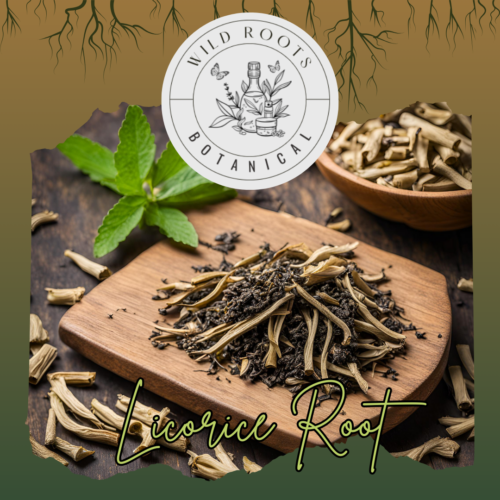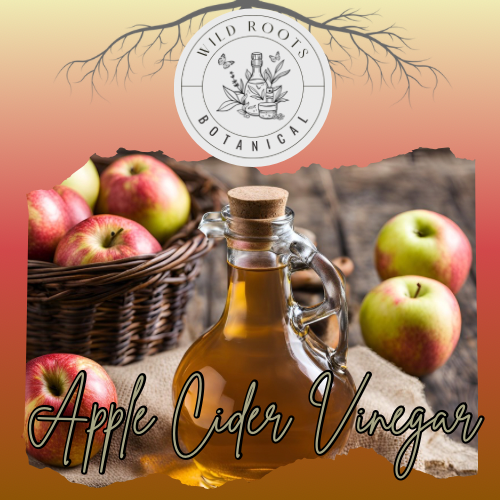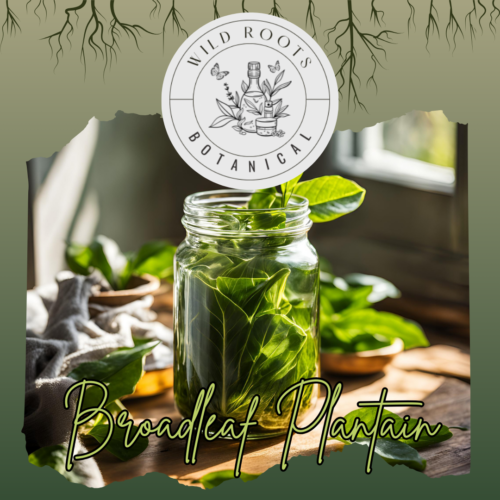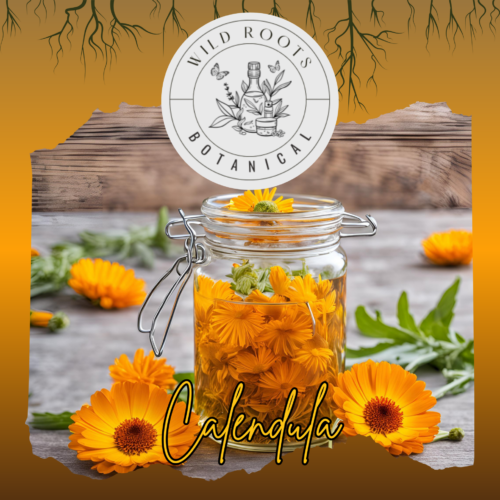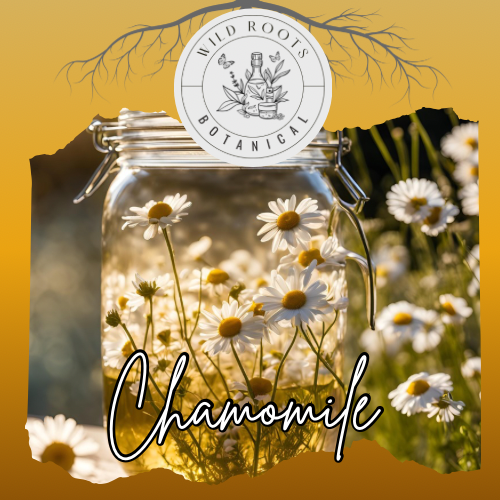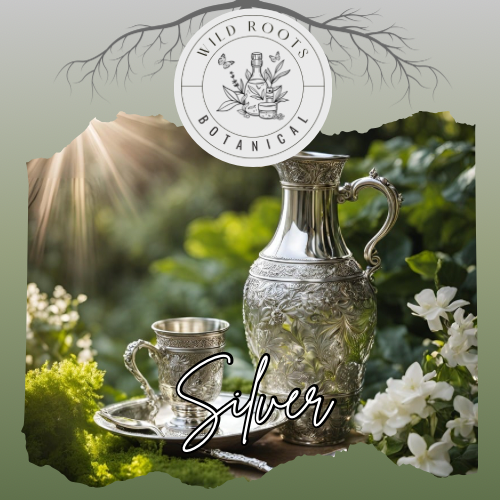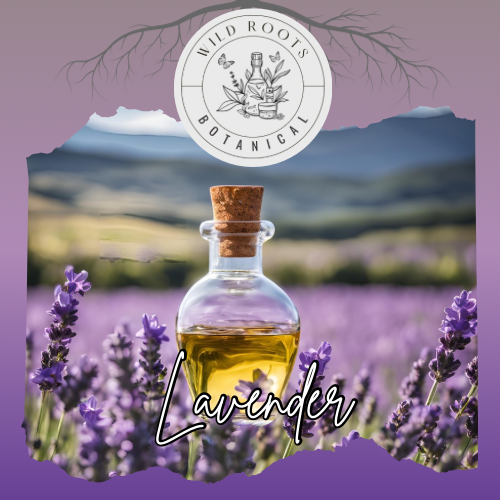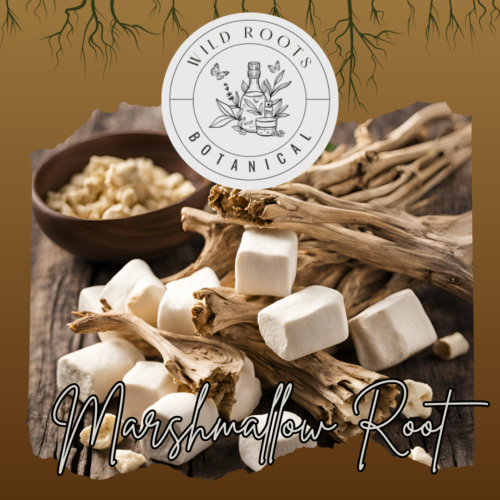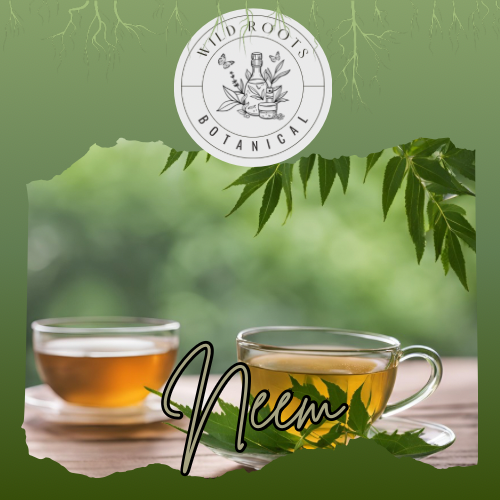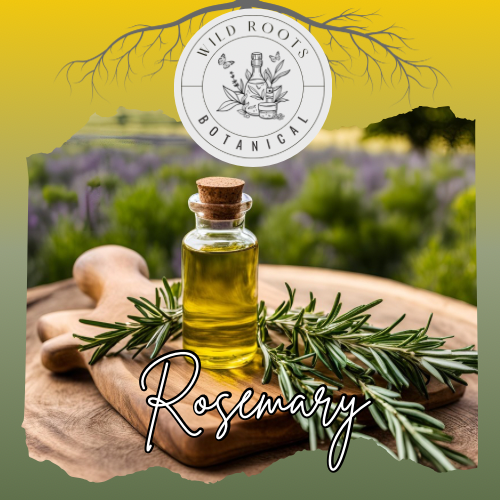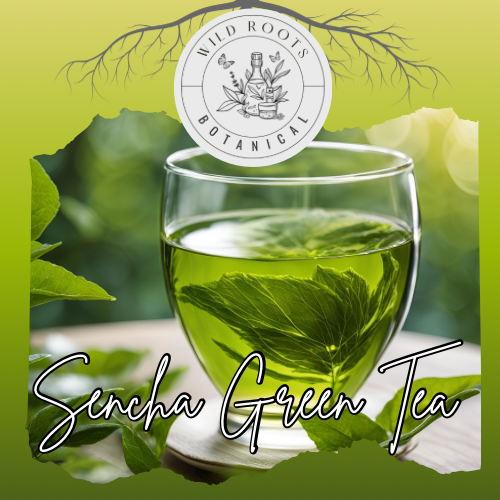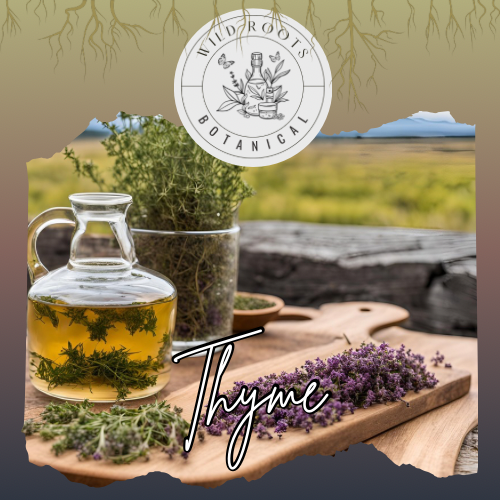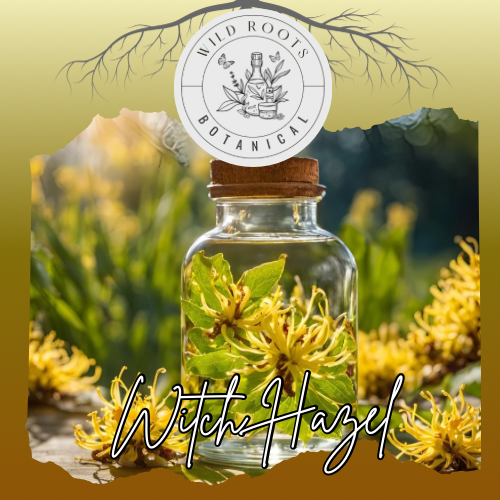Licorice Root: Sweet Medicine of the Ancients – A Comprehensive Guide
Introduction
Glycyrrhiza glabra, commonly known as licorice root, has been revered as a medicinal plant for over 4,000 years. Its name derives from the Greek words “glykos” (sweet) and “rhiza” (root), reflecting its distinctive flavor that is 50 times sweeter than sugar. From ancient Egyptian tombs to modern pharmaceutical laboratories, licorice root continues to demonstrate its remarkable therapeutic potential.
Historical Journey
Ancient Origins
- Used in Egyptian burial rituals and medicine
- Mentioned in Chinese texts from 2800 BCE
- Featured in Greek and Roman medical treatises
- Valued along the Silk Road trade routes
Traditional Medicine Systems
Utilized in:
- Traditional Chinese Medicine (TCM)
- Ayurvedic medicine
- Greek medicine
- Arabic medical traditions
- European herbalism
Scientific Understanding
Chemical Composition
Key compounds include:
- Glycyrrhizin
- Flavonoids
- Isoflavonoids
- Chalcones
- Triterpene saponins
- Coumarins
- Sterols
Therapeutic Properties
Research-supported benefits:
- Anti-inflammatory
- Antimicrobial
- Antiviral
- Hepatoprotective
- Immunomodulating
- Adaptogenic
Modern Applications
Medical Uses
Contemporary applications include:
- Digestive health
- Respiratory support
- Adrenal function
- Skin conditions
- Dental health
Commercial Products
Found in:
- Herbal supplements
- Cough medicines
- Throat lozenges
- Skincare products
- Natural sweeteners
Traditional Uses
Medicinal Applications
Historical uses include:
- Digestive complaints
- Respiratory issues
- Energy enhancement
- Hormonal balance
- Wound healing
Preparation Methods
Traditional forms:
- Decoctions
- Tinctures
- Powders
- Throat pastilles
- Topical preparations
Safety and Precautions
General Safety
Important considerations:
- Duration of use
- Dosage limits
- Drug interactions
- Medical conditions
Contraindications
Exercise caution with:
- High blood pressure
- Pregnancy
- Heart conditions
- Kidney problems
- Liver disease
Modern Research
Clinical Studies
Current research focuses on:
- Viral infections
- Chronic fatigue
- Autoimmune conditions
- Cancer research
- Dental applications
Future Directions
Promising areas include:
- Novel drug development
- Delivery systems
- Synergistic effects
- Bioavailability enhancement
Growing and Harvesting
Cultivation
Requirements include:
- Deep, fertile soil
- Full sun
- Regular watering
- 3-4 year maturation
Harvesting Guidelines
Best practices:
- Autumn harvest
- Root age consideration
- Proper cleaning
- Careful drying
Fun Facts
- Ancient Egyptian pharaohs were buried with licorice root
- It was used to flavor and preserve Chinese medicines
- Napoleon Bonaparte chewed licorice root for digestion
- The word “liquorice” comes from the Greek for “sweet root”
Sustainable Practices
Conservation
Important considerations:
- Wild population protection
- Sustainable harvesting
- Habitat preservation
- Cultivation promotion
Environmental Impact
Benefits include:
- Nitrogen fixation
- Soil improvement
- Erosion control
- Biodiversity support
Cultural Significance
Historical Importance
Used in:
- Religious ceremonies
- Traditional medicine
- Cultural celebrations
- Trade relations
Modern Revival
Contemporary interest in:
- Natural medicine
- Sustainable harvesting
- Traditional wisdom
- Scientific validation
References
- Fiore, C., et al. (2008). “A history of the therapeutic use of liquorice in Europe.” Journal of Ethnopharmacology, 117(3), 383-391.
- Wang, L., et al. (2015). “The antiviral and antimicrobial activities of licorice, a widely-used Chinese herb.” Acta Pharmaceutica Sinica B, 5(4), 310-315.
- Pastorino, G., et al. (2018). “Liquorice (Glycyrrhiza glabra): A phytochemical and pharmacological review.” Phytotherapy Research, 32(12), 2323-2339.
- Omar, H. R., et al. (2012). “Licorice abuse: time to send a warning message.” Therapeutic Advances in Endocrinology and Metabolism, 3(4), 125-138.
Traditional Recipes
Digestive Tea Blend
Classic formula:
- Licorice root
- Peppermint
- Fennel seeds
- Chamomile
Throat Soother
Traditional preparation:
- Licorice root powder
- Honey
- Slippery elm
- Marshmallow root


